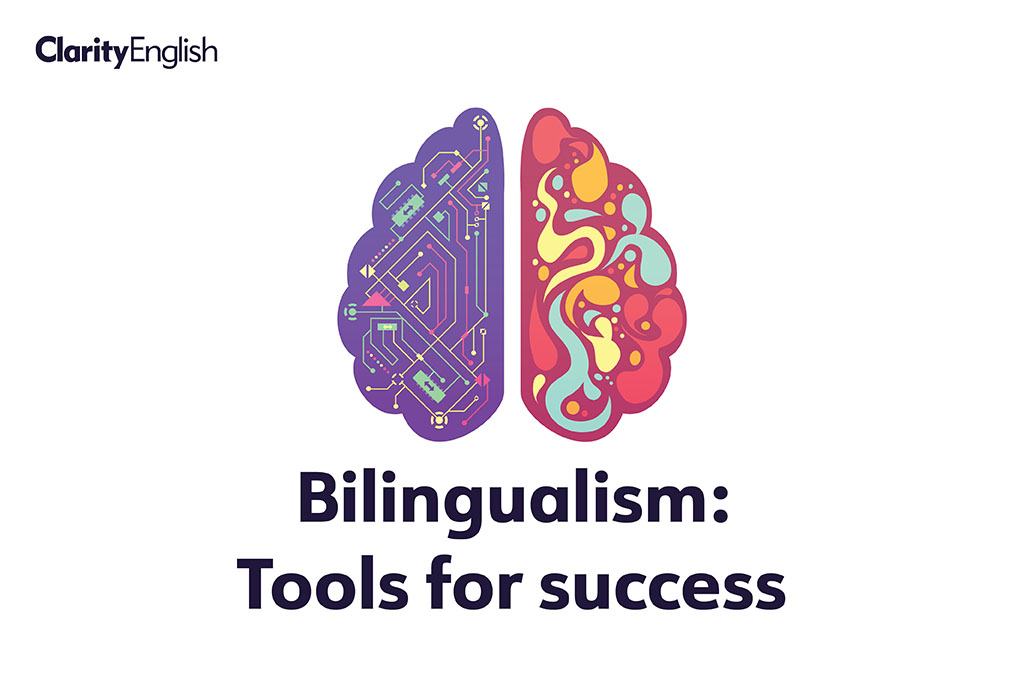Language learning opens doors to new worlds. But getting through the language barrier is tough. Finding the motivation to start is challenging but continuing the work is even harder. I’m sure you have heard your students utter ‘I’ll never be as good as a native speaker’ or ‘I’ll never be fluent’. It is essential to remind them: they don’t have to be.
Bilingualism is often associated with fluency. Many believe that to be bilingual, or multilingual, speakers have to have an extraordinary grasp on language. But according to Oxford University professor and linguist Suzanne Romaine: ‘bilingualism and multilingualism are a normal and unremarkable necessity of everyday life for the majority of the world’s population.’ It is useful to remember that not all of these people will have a high degree of linguistic expertise. Everybody you come across uses language differently with varying levels of proficiency.
So how can we dispel these negative expectations of language learning in our students? I have made a list of five reminders to tell your students when their motivation wanes.
Fluency is flawed
There is no finish line to pass, where on one side you’re disfluent and the other you’re fluent. Fluency can feel more like a mood than a linguistic benchmark. You may find clarity and purpose in your conversation during a business meeting, then forget how to order an orange juice. Instead of setting fluency as a goal, consider aiming for comfort or comfortable intelligibility. This way, the goal is to get the message across and, with time, your students will feel more confident to practise conversing, which in turn will make them even more confident.
Language is purpose built
Everyone uses language for different purposes in different contexts. For example, an academic lecturer will need different vocabulary to a shopkeeper. It may be useful to get your students to identify where and how they hope to use their new language. If they can build the vocabulary they need and use it successfully in the desired context, does it matter if they can’t translate a chapter in a literature book?
Native speaker isn’t the goal
A native speaker is defined as ‘a person who has spoken the language in question from earliest childhood’. Native speakers are good models for language learning. You can listen to and copy example words and sentences and use these as a reference point for clear pronunciation. But trying to sound exactly like a native speaker is unrealistic and unnecessary. Every learner will have their own accent and pronunciation. And they should most definitely be proud of it.
Bilingualism is food for the brain
The benefits of language learning have been well documented in psychological literature. Researchers have found anatomical differences in the brain between monolinguals and bilinguals. Bilinguals and multilinguals have higher grey matter density which allows for higher processing functions. Learning a new language can also stimulate the brain’s neuroplastic ability, encouraging neurons to grow and adapt in response to the new stimuli. Becoming bilingual appears to be beneficial not only for the cognitive functions of our brains but the physical health of them too.
Perfection is the enemy of good enough
Your students need to accept from the beginning, mistakes are going to be made. It will be a clumsy journey but that is the joy of language learning. You try, fail, practise, then succeed. Perfect execution of language doesn’t even happen for native speakers. By setting and completing small and attainable tasks, your students will gain confidence and a sense of achievement from a series of small wins. At the end of the day, if your student can order a coffee and a pastry successfully, does it matter if they used one wrong verb ending?
These five reminders are meant to show learners that bilingualism is achievable and not as intimidating as it may appear to be. New cultures, stories and experiences lie on the other side of the language barrier. But there are many doorways through. You can try using Clear Pronunciation 1 to familiarise your students with the sounds of English, and Clear Pronunciation 2 to practise putting those sounds in speech. Or encourage your students to find ways to enjoy language, such as through film, TV, literature, or music. By aligning their interests with their goals, you may find their motivation and engagement increase. Ludwig Wittgenstein once wrote: ‘the limits of my language are the limits of my world’. And why be limited?
I’d like to thank Thom Jones for his contribution to this blog post. You can listen to more insights about bilingualism here.

